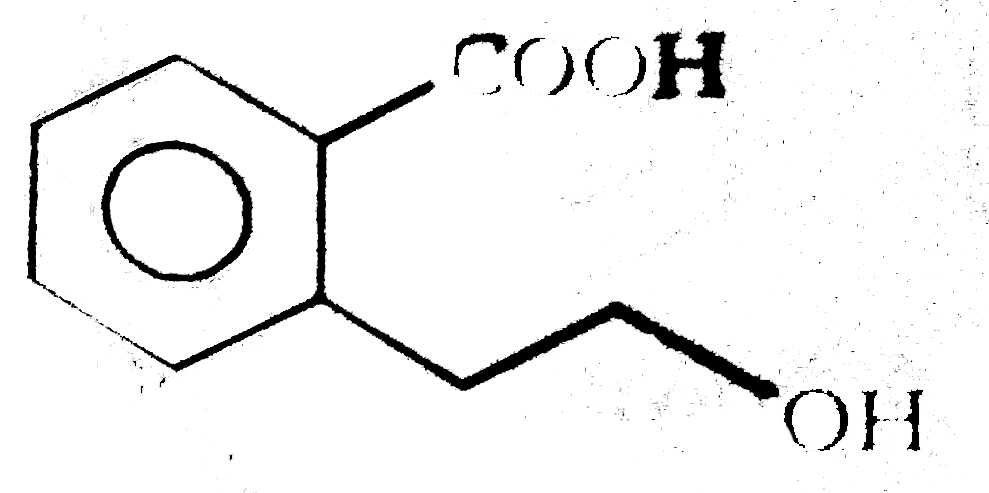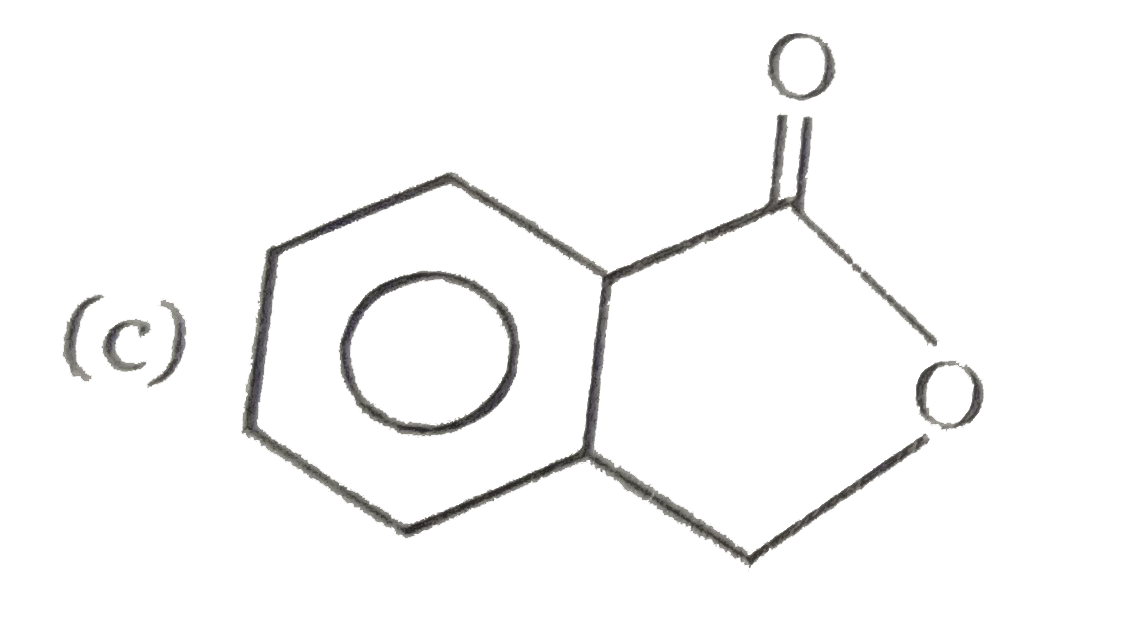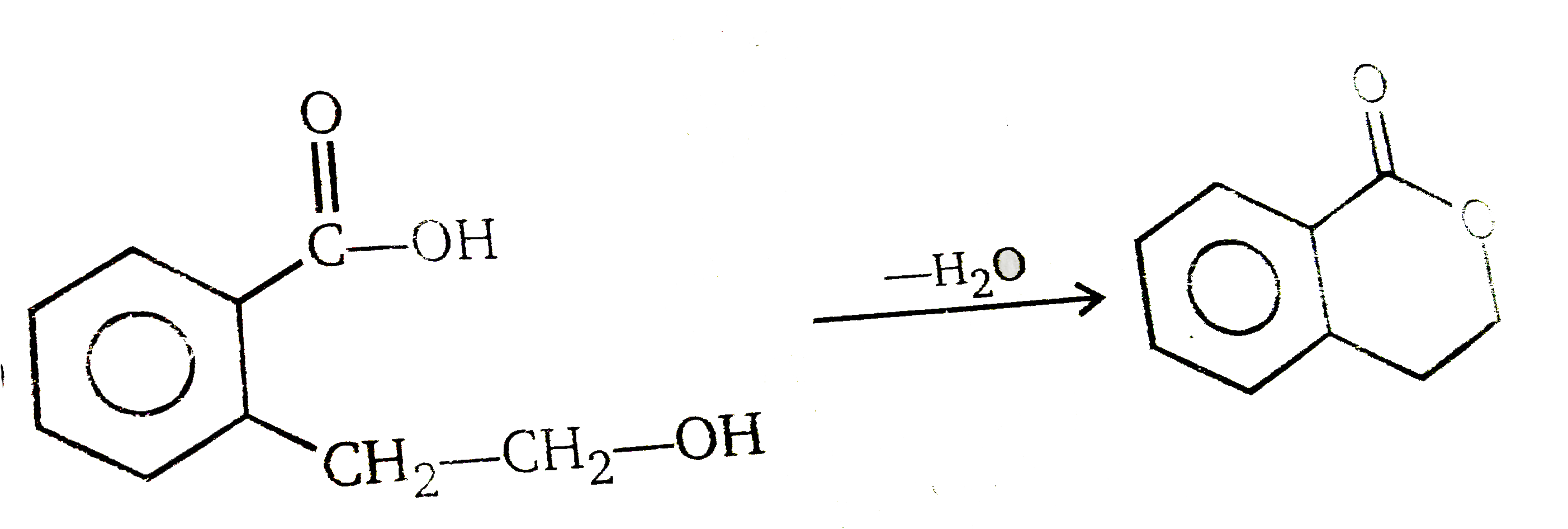
Compound (B) is :



(a) and (c) both
The correct Answer is:A
Topper's Solved these Questions
- BOOK - MS CHOUHANCHAPTER - ALCOHOL, ETHERS AND EPOXIDESEXERCISE - Level 1 (Q.1 To Q.30)1videos
ALCOHOL, ETHERS AND EPOXIDES
- BOOK - MS CHOUHANCHAPTER - ALCOHOL, ETHERS AND EPOXIDESEXERCISE - Level 23videos
ALCOHOL, ETHERS AND EPOXIDES
- BOOK - MS CHOUHANCHAPTER - ALCOHOLS AND ETHERSEXERCISE - ADDITIONAL OBJECTIVE QUESTIONS (Matrix Match Type )3videos
ALCOHOLS AND ETHERS
Similar Questions
An organic compound A C4H8on treatment with KMnO4/H+ Yields compound 'B'C3H5O
Compound 'A' also yields compound 'B' an ozonolysis. Compound 'A' is :View SolutionStatement I: Trimethyl ammonium hydroxide (compound A) is a weaker base compared to tetramethyl ammonium hydroxide (compound B) .
Statement II : The release of OH− from (compound B) is faster than that from (compound A) due to presence of hydrogen bonding in (compound A) and absence of such bonding in (compound B).View Solution
Knowledge Check
- Question 1 - Select One
An organic compound (A) reacts with methyl magnesium iodide to form an addition product which on hydrolysis forms the compound (B). Compound (B) gives blue colour salt in Victor Meyer's test.The compounds (A) and (B) are respectively :
Aacetaldehyde, tertiary butyl alcoholBacetaldehyde, ethyl alcoholCacetaldehyde, isopropyl alcoholDacetone, isopropyl alcohol - Question 2 - Select One
A compound (A) is formed by the reaction of ethylene with bromine which on reacting with aqueous KOH gives a compound (B). The compound (B) can also be prepared by the reaction of ethylene with the following:
ABaeyer’s reagentBOxygen in the presence of silver catalyst and then acidic hydrolysisCperformic acid and the product undergoes acidic hydrolysisDAll of the above - Question 3 - Select One
An organic compound A reacts with methyl magnesium iodide to form an addition product which on hydrolysis forms the compound B. Compound B gives blue colour salt in Victor Meyer's test. The compounds A and B respectively are
Aacetaldehyde, t-butyl alcoholBacetaldehyde, ethyl alcoholCacetaldehyde, iso-propyl alcoholDacetone, iso-propyl alcohol
The compound (A) in the previous question is further hydrolysed in dilute acidic medium to give compounds (B) and (C). The compounds (B) and (C) are :
View Solution
The compound (B) and (C ), respectively, are:View Solution
Compounds (B) and (C) are :View Solution
Compounds (B) and (C ), respectively, are:View Solution
Compounds (B) and (C) are:View Solution


